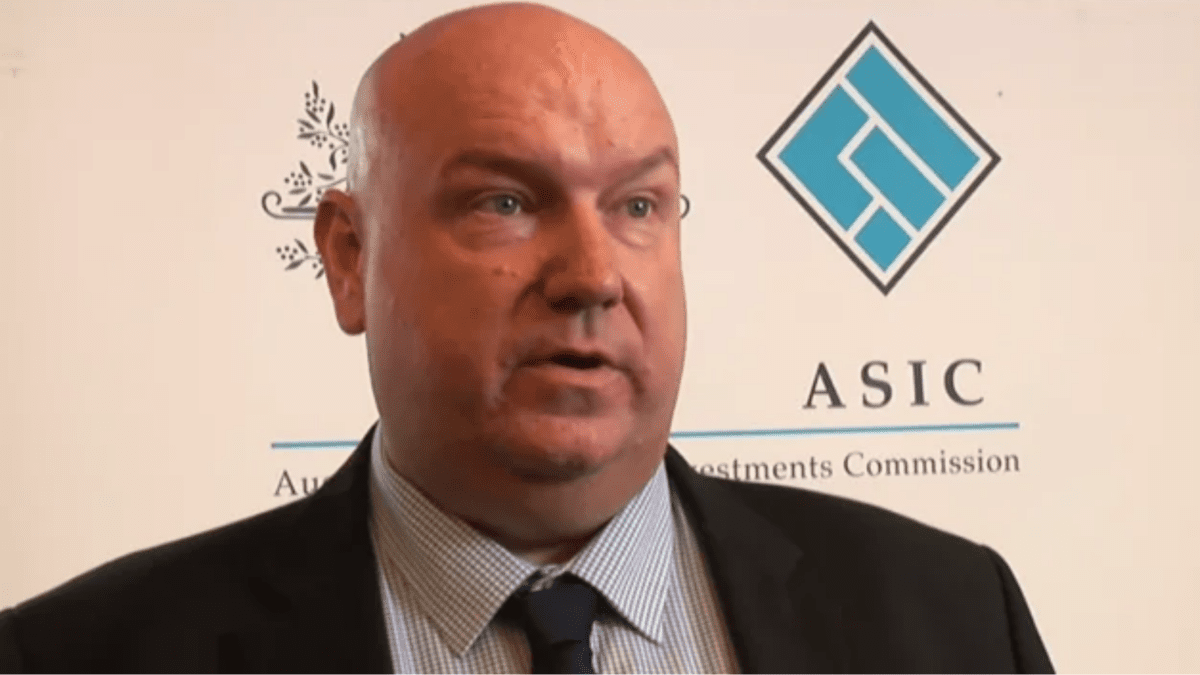Gas companies in firing line as Chalmers flags intervention
The federal government is expected to intervene further in the energy market as it comes under increasing pressure from households and energy users to reduce the burden of skyrocketing energy bills.
October’s budget by Treasurer Jim Chalmers forecasted gas prices would increase by 44 per cent over the next 20 months, and some of that growth has already happened. Electricity prices are expected to skyrocket by 56 per cent over the same period.
The primary cause is high international prices for liquefied natural gas (LNG) stemming from the Russia-Ukraine war. The new budget noted average domestic wholesale gas prices have more than doubled since the invasion.
When energy retailers and industry look to negotiate supply, producers cite the overseas going rate, distorting domestic energy prices. This is despite Australia producing more than three times as much gas as it needs domestically − albeit 65 per cent of this is exported abroad.
The government in September signed a renewed heads of agreement with LNG exporters including Woodside Energy and Origin Energy to ensure sufficient supply after the Australian Competition and Consumer Commission flagged a domestic shortfall.
However, this has failed to assuage pricing pressures, with big gas users complaining of producers gouging prices given the lack of transparency.
Seeking the right balance
Chalmers has said he is a “reluctant intervener” in energy markets, but the reality is that it is politically unpalatable for the government to stand idly by and let households and businesses absorb a monster energy bill increase, especially when Labor promised power bills would be $275 lower by the next election in 2025.
“We do want to make sure that Australians get a good return for their resources; we need to balance that against the investment that’s been made into the sector,” Chalmers said in an October 30 interview on ABC’s Insiders.
The Treasurer ruled out government handouts given it would only exacerbate inflation. Instead, he is focusing on regulation, particularly the voluntary code of conduct that governs gas producers. A price cap is also on the table.
“There’s a code of conduct that applies to this industry and we’ve said that we will work to make that code of conduct mandatory, and we’ll make it more focused on meaningful offers and that means going beyond supply and considering issues like price,” Chalmers said.
He also acknowledged that a “substantial part of the community” wants the Petroleum Resource Rent Tax, which taxes offshore projects operating in Australia, to be increased to capture windfall gains.
Better to avoid intervention
The Australian Petroleum Production and Exploration Association, which represents the interests of oil and gas producers, issued a post-budget statement warning the ever-changing policy environment will compromise new investment as well as the economic benefits the government is currently yielding from higher prices.
“The best way to put sustained, downward pressure on gas prices is to bring on new supply,” APPEA chief executive Samantha McCulloch said.
The issue is that new supply, such as the Narrabri gas field in New South Wales, will take years to come online. Producers need to stump up a better alternative or risk Chalmers playing his trump card: the Australian Domestic Gas Security Mechanism.
The ADGSM allows the government to forcefully redirect supply if it deems there is an LNG shortfall, as it threatened to do before reaching the heads of agreement with exporters.
According to Grattan Institute energy and climate change director Tony Wood, it is in the interest of the gas industry to deliver fair prices without intervention. “But if not, the government should not hesitate to intervene – in its own self-interest and that of Australian businesses and households.”










